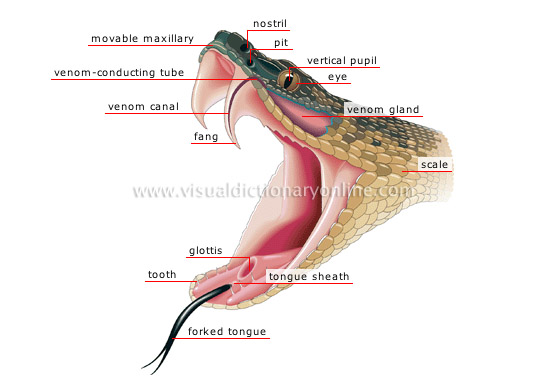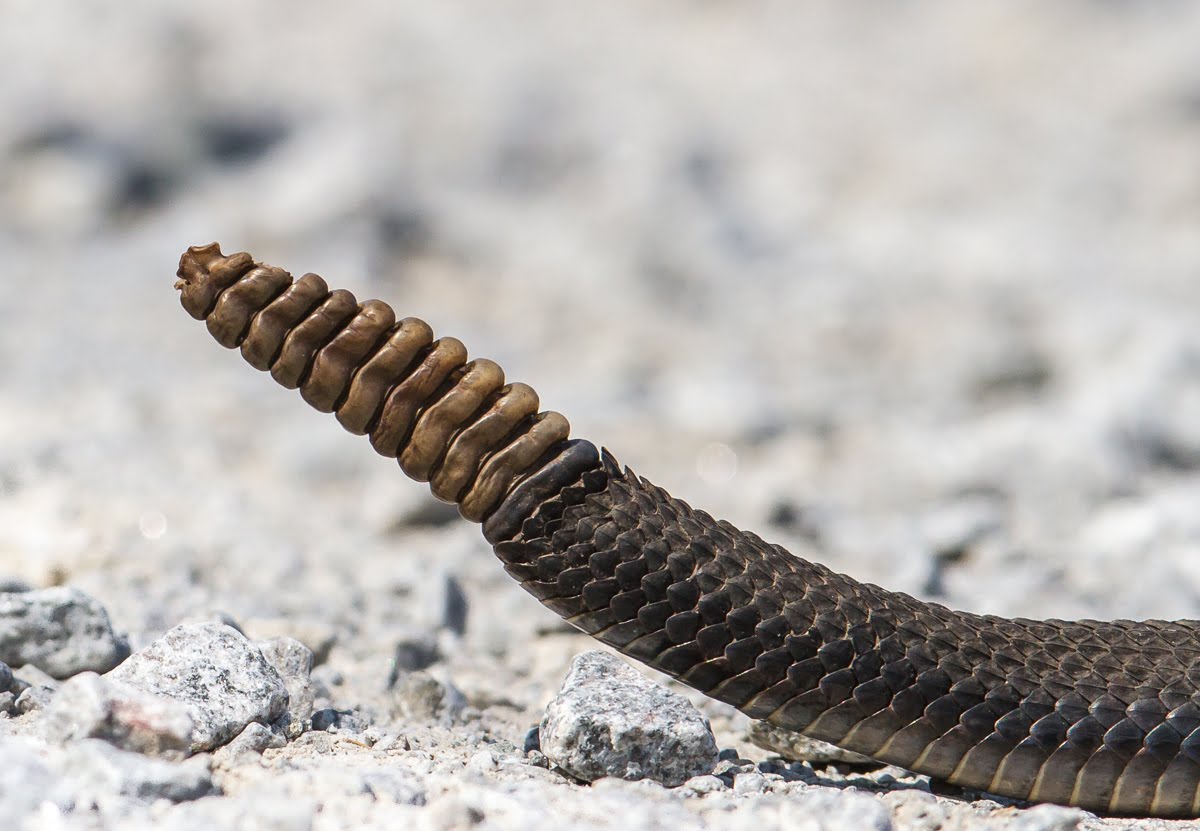What are 10 rattlesnake adaptations?
1 Answer
Jul 19, 2018
The adaptations are enlisted below.
Explanation:
Rattlesnake is a venomous reptile included in the same category with pit vipers.
Like almost all snakes, there are unique adaptations seen in rattlesnakes. These are:
- Absence of limbs
- Absence of external ear
Both these adaptations help them to live and move in narrow holes/cracks.
- Rattlesnakes possess a thermal sensor, a heat sensing pit (like pit vipers) in front of the eye to sense and follow warm-blooded preys, mostly rodents.
- Tip of the tongue of rattlesnake is forked.
- They can smell particles that get attached to the forked end of tongue with special olfactory organ.
- As the snakes try to swallow still alive preys, they possess lots of teeth inside mouth other than the fangs.
- Jaws of snake are attached by ligaments making these very flexible: so a snake can swallow a very large prey.
- There are paired poison injecting fangs in the upper jaw, connected to venom glands.

- Rattlesnakes camouflage well with its surrounding due to typical coloration on scaly skin.
- A special warning device is present in rattlesnake after which it is actually named. Rattle is modified dry skin at the end of the body. A rattling sound is made by tail vibrations.

